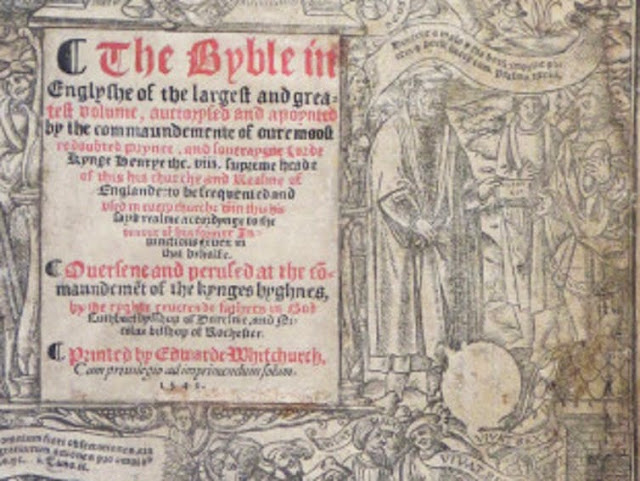Captive breeding is powerful
Increasingly more endangered types are depending on captive reproducing to prevent extinction. Some types on the verge just exist in bondage, and others depend upon captive reproducing for their healing previously they're launched to the wild.
Captive reproducing programs deal with significant difficulties to accomplish the very best preservation results, especially high financial expenses, and loss of important hereditary variety from wild populaces after also a couple of generations in bondage.
Our financial and hereditary modelling released today demonstrates how cold hereditary product and utilizing helped recreation might offer a much-needed support-tool for captive reproducing programs, refixing hereditary and financial problems and enabling zoos to type much a lot extra types and broaden their important function.
These coincide devices and innovations typically utilized in pet farming, research study, medication and illness and human fertility to increase manufacturing, reduce expenses, and create healthy and balanced and solid people and pets.
No-one ought to question the worth of captive reproducing to preservation. The European bison, California condor and Australia's Southerly Corrobboree Frog are 3 renowned types which would certainly be vanished without captive reproducing. Renowned Australian types the Orange-bellied Parrot and higher bilby have been captive reproduced for over thirty years.
Captive reproducing is costly in sources, work and funding. Programs have high startup expenses, in the numerous thousands or also countless bucks. High yearly on-going expenses, typically, more than $200,000 annually for a solitary types. Numerous programs are open-ended and will be needed for several years or also years if they are to accomplish their goals.
The high expenses of present programs avoid conservationists from helping numerous types that frantically require captive reproducing. Amphibians are a situation in factor. Illness and environment loss is decimating wild amphibian populaces worldwide. There are currently over 900 amphibian types which require captive populaces. Over 200 of these types require it quickly to prevent extinction. In spite of numerous types in require, the approximated worldwide capability and offered sources could offer captive populaces for no greater than 50 amphibian types. Cara Termudah bermain Judi Sabung Ayam Online
The expenses are one point, the genes are another thing. Captive reproducing programs deal with considerable difficulties with hereditary variety. These prevail also in a few of the lengthiest operating and well-resourced captive reproducing programs, such as gigantic pandas and Tasmanian evil ones.
Genetics are shed after also one generation of captive reproducing, and in simply a couple of generations, pets probably to flourish and type in bondage reveal characteristics of domestication and adjustment to bondage. Inbreeding anxiety is inevitable in little captive colonies common of some captive programs. The loss of wild genetics impacts the general physical health and fitness of captive reproduced pets for launch back to the wild.
To respond to the loss of genetics in captive populaces, the typical worldwide target for captive programs is to preserve 90% of the initial captive population's hereditary variety for one century. This is thought about gold basic exercise and objectives to guarantee reintroductions of pets right into the wild lengthy in the future will happen utilizing pets with very little hereditary problems.



